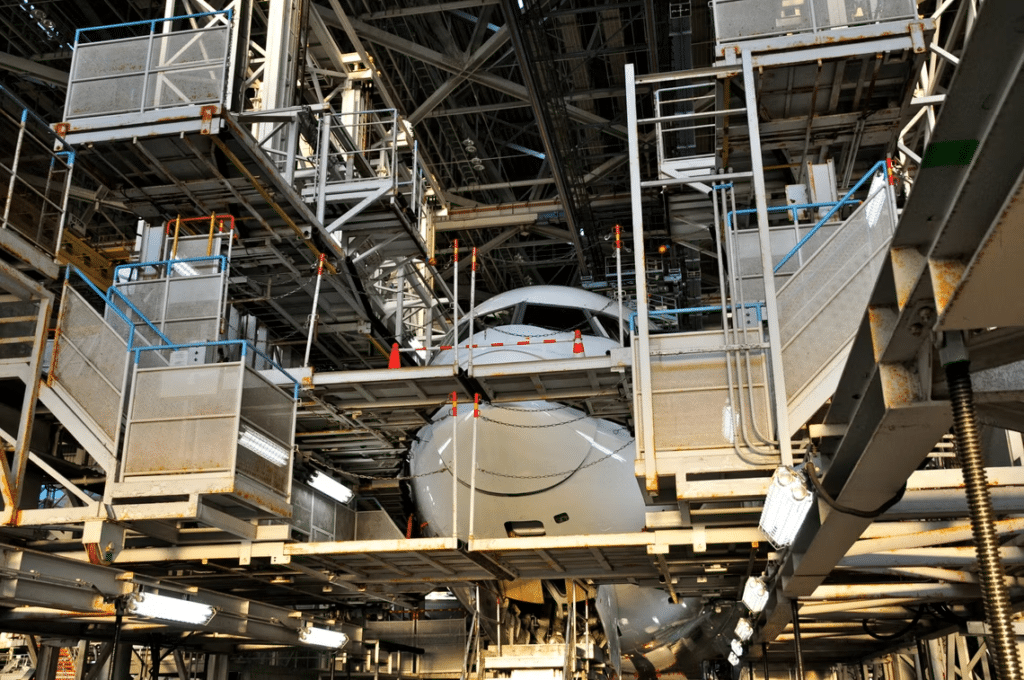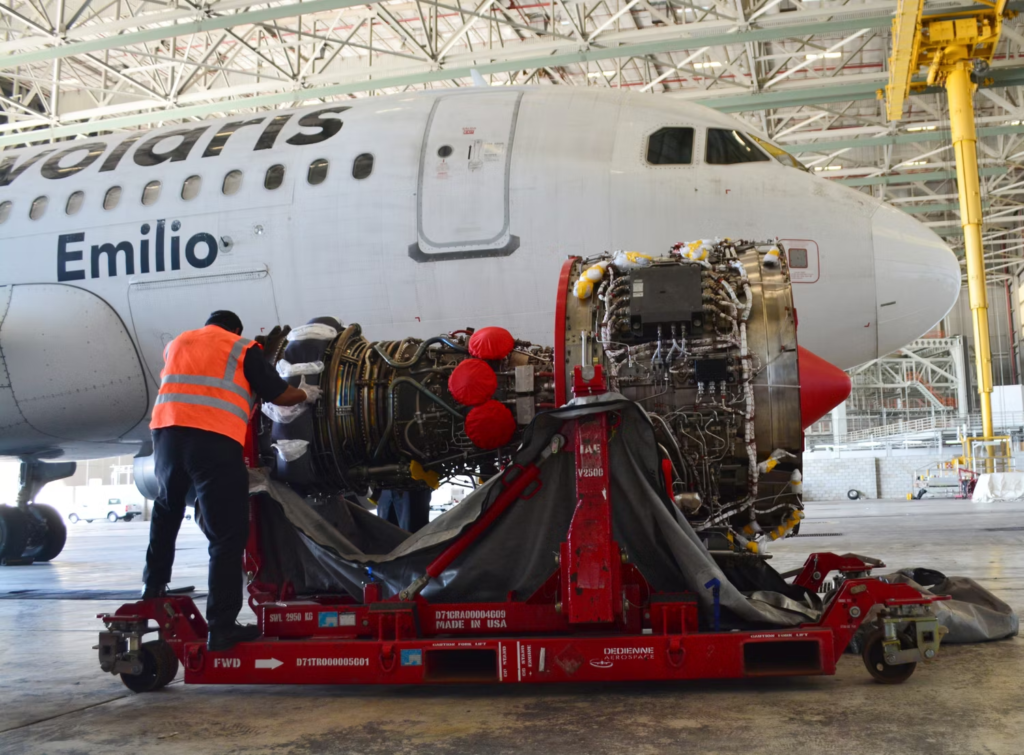This article was initally published on simpleflying.com
BY DR. OMAR MEMON

The phrase “Safety is the top priority” is often heard and read in aviation. Being one of the most regulated industries, safety in aviation begins with the immaculate and periodic maintenance of aircraft. Due to varying environmental and operational conditions, aircraft are subject to extreme wear. The structural components, landing gear, engines, and other systems must undergo routine maintenance, keeping the aircraft flying safely and profitably for operators.
Airlines follow the Operator’s Approved Maintenance Plan (OAMP), which includes thousands of maintenance tasks, Service Bulletins (SBs), and Airworthiness Directives (ADs), along with the approval by regulatory authorities. Irrespective of the extent, the essential aspects of maintenance must be followed.
1. Inspection and Diagnosis
Inspection is one of the most paramount elements of aircraft maintenance. From incoming and line inspections to piece-part and final examinations, technicians spend considerable time inspecting aircraft components and systems. While the aircraft may arrive for a specific level of maintenance, incoming inspection determines the work scope, turnaround time, cost, and other details for the customer.

Maintenance inspectors must be qualified, licensed, and scoped (on the aircraft type) to perform maintenance work. Operators rely on maintenance personnel for critical diagnosis and accurate analysis (serviceability) of aviation components.
2. Repair or Replacement
Depending on the serviceable and repairable limits, aircraft components can either be repaired or replaced. Parts, components, and assemblies must be repaired by certified vendors whose processes are approved by aviation regulatory authorities. Moreover, the tools and consumables used to repair aircraft parts must also be approved by regulators to maintain the serviceable status of the part.

When a component has exceeded the repairable limit or is at the end of its life, it must be replaced. Part disassembly, handling, and assembly must comply with the approved aviation processes. All assemblies, systems, and large components, including engines, must be thoroughly tested before being certified for airworthiness.
3. Quality and Compliance
The aircraft maintenance process must comply with aviation regulations determined by the country’s regulatory authorities. MROs generally follow the Maintenance Policy Manual (MPM), which acts as an agreement between the MRO and the regulatory authority.
The MPM lists all processes encompassing maintenance tasks, handling and traceability of parts, communication, accountability, and liabilities. This must be updated when any changes to the maintenance facility (including layouts), processes, or methods change.

4. Documentation and Traceability
All parts and components installed on the aircraft must be appropriately documented at each event. The parts must be traceable from their manufacturing origin (including the raw material origin) all the way until the end of life.

Maintenance personnel use specialized tags at each stage of the process, indicating the current serviceability status of the part. All tags, along with the information, must be recorded. Some critical parts also receive specialized engravings at the end of each repair to assist in the traceability of repairs.
5. Internal and External Audits
Aircraft maintenance facilities and processes must undergo internal and external audits at regular intervals. Internal audits are generally periodically conducted by the quality teams. These teams audit everything, from cleanliness and potential for foreign object debris (FOD) to tools and documentation.

The regulatory authorities conduct an external audit of the facility and process every 1 to 2 years. Notably, customers (including lessors) may also request a facility audit before or during the maintenance of their products.
Aviation InterTec Services
At Aviation InterTec Services, we are proud to offer our flagship product RAAS as the go-to maintenance management solution for mid-tier commercial fleet operators. Our system was developed specifically to provide comprehensive and integrated functionality at a cost that is within reach of the mid-tier market. RAAS offers powerful features such as automated real-time airframe time updating, electronic technical dispatch, MPD/MRB driven program management, and paperless/e-signature maintenance processes, all in a scalable, intelligent, and 100% browser-based package.
Our customers have experienced firsthand the benefits of increased efficiency and reduced costs through our easy-to-use inventory management and maintenance support system. With RAAS, you can expect quick deployment, ease of support, and low TCO, all while providing a scalable, efficient, and intelligent maintenance management system. Trust RAAS to provide you with the tools you need to streamline your maintenance processes, reduce costs, and ensure the safety and reliability of your fleet.